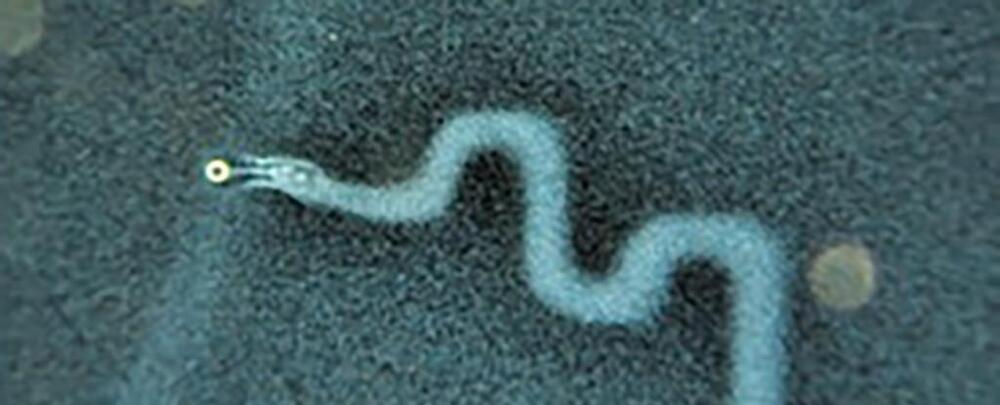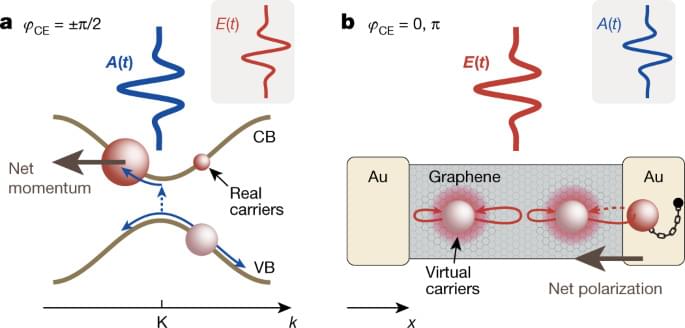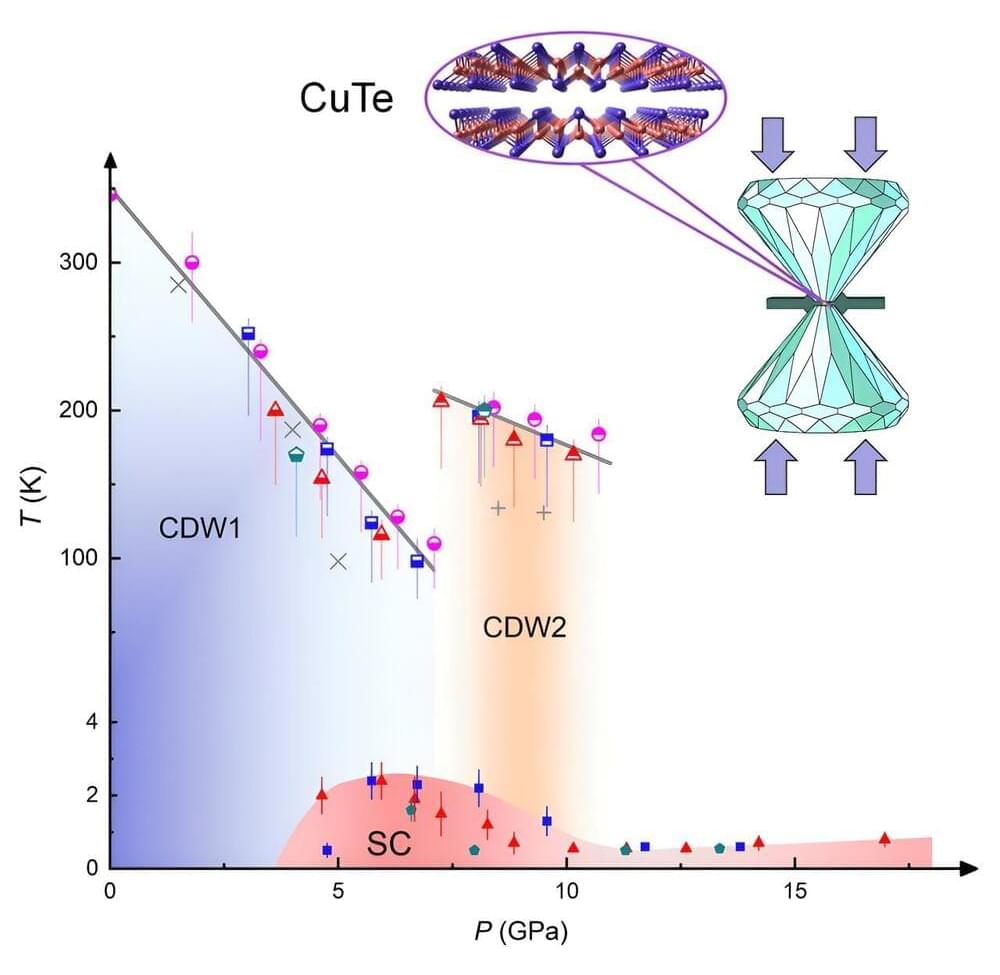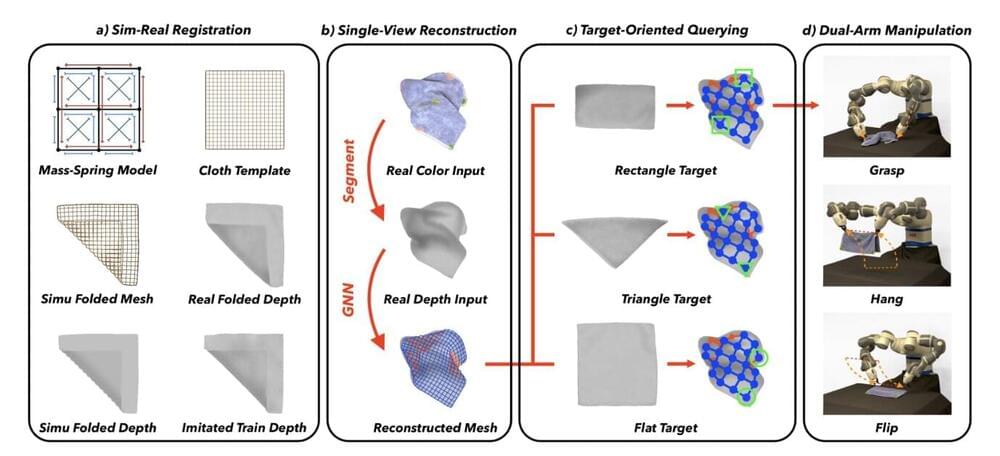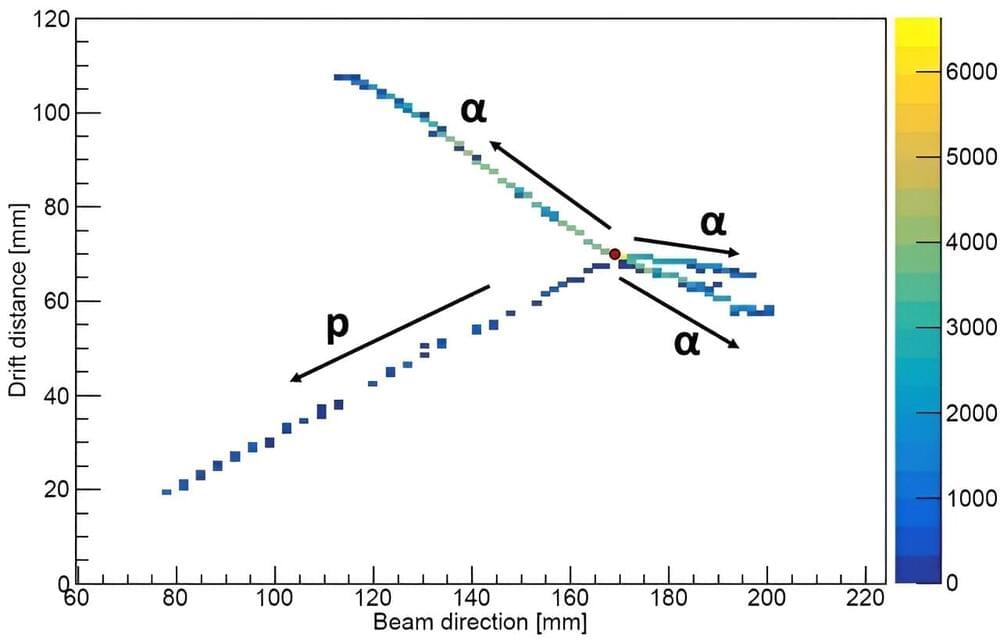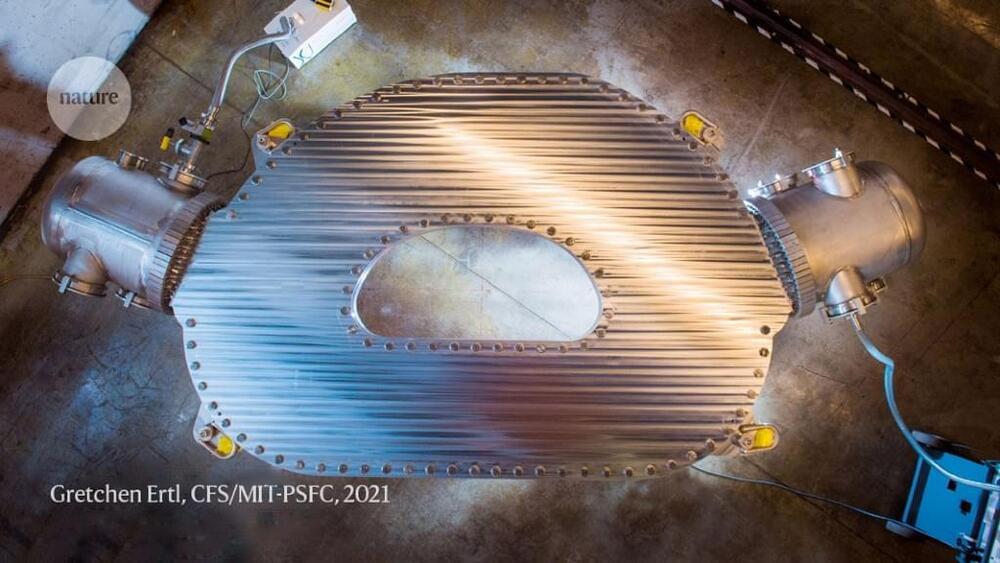Sep 10, 2023
NTx Awarded Contract to Demonstrate Novel RNA Vaccine Production Platform
Posted by Shubham Ghosh Roy in categories: biotech/medical, materials
BARDA is part of the Administration for Strategic Preparedness and Response within the U.S. Department of Health and Human Services.
The NTxscribe platform is a cell-free, continuous flow manufacturing system that reportedly delivers scalable RNA (including mRNA and self-amplifying RNA) materials in a tabletop footprint. This enzymatic process is designed to provide a low cost and rapidly deployable, vertically integrated manufacturing system, according to Jamie Coffin, PhD, CEO of NTx. Through this program, the system is being evaluated for its express development of RNA vaccines and therapeutics for infectious diseases, as well as its capability for distributed biomanufacturing.
“The traditional batch processes for developing vaccines and other biologics are burdensome and cannot be scaled quickly in the event of an emergency,” said Coffin. “Over the course of this project, we will aim to prove that NTxscribe can help BARDA meet its goals toward decentralized and rapidly deployable vaccine manufacturing.”

